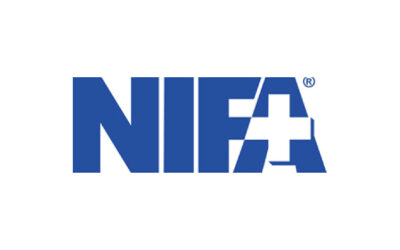Have you designated an individual to be in charge of medical records at your facility? Besides making sure that the charts get filed, does that person know the true extent of his or her responsibilities?
If a paper record is used, for example, is it completed and filed in a uniform format? Are the records secure? That means controlled and limited access for all records. For your paper records, it also means no loose charts or “post-its” that can fall out or get misplaced. Does each page of the record have patient identifiers? Are your records legible?
Electronic Medical Records may take care of many of these problems, but on occasions can give rise to others. If records are scanned into digital format, they raise all of the pitfalls of paper records except that accessing them may be different. Even with EMRs, you must have control over test results that come in from outside entities and ensure that the results are assigned to the correct patient – especially if different identifiers are used.
For paper records and EMRs alike, it’s essential that you control access to them. In the case of paper records, you need to document when a paper record is accessed or removed from the record room as well as noting – in writing – the person who accessed or removed them; at what time; and when they were returned to the files in the record room.
For EMRs, the same information is needed, but since records can be accessed from many computer terminals, you must be sure that your EMR registers who accesses the record and that the entry is dated and timed – even changes to previously entered information. You should also have specific policies for delayed entry notes and notes written after the time of the clinical encounter.
If any medical record information is copied and sent out of the facility, this must be documented with details of what has been sent, to whom, and who authorized it. Is patient consent to sending records to other parties duly listed in the record? If your records are stored offsite, what are your policies for retrieval of records? Do you store them in a fireproof warehouse designed appropriately for records storage? If you use EMRs, where are your servers located? Where are the primary servers backed up?
Once a record has been initiated, what do you do when the admission or the surgery is cancelled or postponed? Your policies should be clear about this and documentation in the record must follow your policy.
Additionally, what are your policies for including pictures from “scope” procedures or C-arm images in your records? If you still use traditional X-ray, what are your policies for storing these images? Are they consistent with your policies for retention and retirement of other medical records?
Going further, what is your policy for retirement of records? Do you follow state guidelines? Do you separate out or specifically identify pediatric and adult records, which generally have different guidelines for retention and retirement? And when you retire records, do you destroy them? If so, do you still maintain business records denoting all of their admissions with dates?
This article is not intended to be a complete primer on clinical records management. But it’s a starting point. Nor is this fusillade of questions designed to keep you up at night. But with the transition from paper records to hybrid and true electronic medical records, your policies must be up to date and take into consideration myriad factors that you might not yet have thought of.
Make sure your staff knows all about the privacy and security measures of your EMR, even if they are totally familiar with your existing privacy and security measures. Well-documented and complete medical records can be your best allies in cases of medical malpractice. They can also assure appropriate, continued care if information does get transferred to other providers.
Clinical records management is most assuredly not an easy task. And not to be treated lightly or taken for granted. Your staff must understand this, and the person in charge of your records must be aware that comprehensive records management is much more than just completing charts and storing them in a uniform format.
About the Author
Dr. Jack Egnatinsky is an anesthesiologist with extensive experience in the ambulatory surgery arena, both HOPD and ASC. Since starting medical school in 1961, he has been involved with many local and national professional societies and organizations and is a Past President of the Board of FASA, a predecessor to the ASC Association, and Past President of AAAHC. He remains extremely active as a Medical Director for AAAHC, in addition to being a well-travelled AAAHC accreditation surveyor, both in the USA and internationally.








